Talking to Dan Tri reporter in the garden of her private home in District 12 (HCMC), Captain of the female guerrilla team Sau Trong looked into the distance, recalling the nights in the forest, only covered by darkness. The guerrilla in her twenties at that time only worried about how to contribute more. Death, if anything, just passed through her mind gently and calmly.
Mrs. Sau Trong said that there were three unforgettable milestones in her life. The first was when she had to amputate her arm in her twenties. "Let me tell you why that was a memorable moment," Mrs. Sau Trong began her story, recalling a life of fighting as thrilling as the movies.
Sau Trong (real name Vo Thi Tiep, also known as Vo Thi Trong, born in 1950) is from Phu Hoa hamlet, Phu My Hung commune, Cu Chi district. Born into a poor family with a revolutionary tradition, at the age of 13, she became the Captain of the Children's Team, and 2 years later joined the Phu Hoa hamlet Guerrilla Team.
"When I grew up, the American army poured into the South. The 25th Division suppressed and bombarded my hometown villages. Cu Chi was deserted at that time, but the revolutionary movement never stopped. Everyone had a duty. Children dug trenches, sharpened spikes, and carried soil to help adults dig tunnels. Women cooked rice. Soldiers and guerrillas attacked forts and fought the enemy," she said.
The first battle of the Sau Trong guerrillas took place in February 1966. At the age of 16, she was assigned to fight with four comrades of the Quyet Thang Battalion. That day, the group and the soldiers set up trenches along the length of Phu Hoa hamlet, Phu My Hung commune, hiding under the trees, waiting for the American tanks to appear.
As expected, a tank column from Trang Bang ( Tay Ninh ) rushed into the battlefield. Holding a K44 rifle in his hand, Sau Trong calmly waited for the vehicle to get close, then without hesitation, loaded the barrel and fired. After 40 minutes of fighting, the American tank column could not enter Phu Hoa hamlet, so they had to turn back to call for reinforcements from Dong Du base.
On the same day, the enemy swept through the forest in Phu Hoa but was still fiercely resisted by the guerrillas. As a result, the guerrilla battalion and local troops made great achievements, burning 25 tanks and armored vehicles, eliminating 35 enemies, capturing a number of weapons, and repelling the American sweep. During the commendation ceremony, guerrilla Sau Trong received the title of Level 3 American Destroyer.
Another time, in April 1967, Mrs. Sau Trong and a comrade fought back against an enemy raid in Loc Hung commune, Trang Bang district (Tay Ninh) - an area bordering Phu Hoa commune. She guessed the enemy's direction and planted a 12kg mine made by the mechanized soldier Ut Duc (hero To Van Duc - PV).
As expected, when the tank passed the mine position, a terrible explosion tore through the air. The tank burned down, all the soldiers were killed. After the battle, Mrs. Sau Trong was awarded the title of Heroic Vehicle Destroyer.
Thanks to her series of achievements, she and a number of guerrillas were elected to attend the second Congress of Heroes, Emulation Fighters and Brave Soldiers of the People's Liberation Armed Forces of the entire South, held in Tay Ninh on September 17, 1967.
Moved with emotion when receiving the Third Class Military Exploit Medal, the 17-year-old girl that year was also honored to take a photo with Ms. Nguyen Thi Dinh - Deputy Commander of the Liberation Army of South Vietnam.
At that time, Sau Trong did not know that the commemorative photo with "Miss Ba Dinh" accidentally fell into the hands of the American invaders a year later, causing her to go to prison...
In May 1968, Mrs. Sau Trong was assigned to infiltrate the people, looking for food for the soldiers and guerrillas. One time, when the mission was not yet completed, her superiors asked her to stay behind, so she had to quickly bring grenades and documents hidden in a machine gun box. The next morning, the Americans poured into the commune, coincidentally searching the place where Sau Trong hid the documents.
"Seeing the photo of the Deputy Commander of the Liberation Army of South Vietnam, the enemy knew for sure that there were Viet Cong in the hamlet. They gathered all the people to identify my face, then arrested me and imprisoned me in Hau Nghia (present-day Long An - PV). Through torture and sweet talk, the enemy still could not get anything out of me, so they had to classify me as a suspect. One time, when my mother went to visit me, I cut off a lock of hair and sent it to her, implicitly telling the organization at home to rest assured," she said.
During the 13 months of imprisonment of Sau Trong, the enemy could not find any evidence to charge her. In August 1969, they were forced to release her from prison. She immediately contacted the revolutionary base.
At that time, after the Tet Offensive (1968), the local armed forces were in turmoil. Sau Trong was assigned to be a staff assistant for the district military command, operating legally in strategic hamlets. During the day, she worked in the fields, growing rice and potatoes, creating a safe cover. At night, she worked secretly, transmitting messages, distributing leaflets, rebuilding bases, organizing forces to destroy evil, and breaking shackles.
One day in March 1970, Sau Trong disguised himself as a coffee shop customer, brought a C4 explosive hidden in a milk carton, and placed it in the location where the enemy often gathered in the shop. At the appointed time, the mine exploded, the enemy fled in terror, and 15 people were injured or killed.
The series of resounding victories made Sau Trong a thorn in the enemy's side. In April 1970, she once again fell into their hands. The five months of hell on earth in enemy prison were days when she had to face barbaric torture. With an iron will, she persevered through it, keeping her revolutionary spirit intact.
The severe wound on her arm during that captivity had become severely infected. The doctor’s advice to amputate a third of her arm did not shake her will to fight. She endured the excruciating pain and tied her arm around her neck whenever she participated in activities. At times, her focus on the mission made her forget the pain, letting the wound swell more and more.
Once, Sau Trong commanded a comrade in the secret base to infiltrate the old regime’s military post, planning to shoot an enemy and take all his guns and ammunition. After completing the mission, the soldiers of the 25th Division frantically searched for him all night. At that time, Sau Trong held a grenade in her right hand, her left hand was injured, hanging around her neck. If she had remained trapped in the strategic hamlet, she would have lost her life.
In a dire situation, bleeding profusely, Sau Trong still held back the pain and encouraged everyone. She decided to crawl with her teammates along the fence of the security booth because "the most dangerous place is the safest place". They crossed the open field, retreated to the base, and had a miraculous escape.
The 75-year-old woman said that after that battle, her superiors advised her to amputate her arm, otherwise her life would be in danger.
"That was the first moment in my life that I will never forget. The next day, I took a motorbike taxi from Cu Chi to Binh Dan Hospital in Saigon. To legitimize my treatment, in my medical records, I declared that I had no father or mother, was injured in a motorbike accident, and was working in the fields.
At that time, I was still very young, so I was very hesitant. Losing part of my arm, I became a disabled soldier, no longer having the chance to stand on the front line. I had only been in the revolution for a few years, had not achieved any great achievements, what could I do without an arm? I was also a woman, thinking about the future was also worrying," Mrs. Sau Trong recalled.
Finally, female guerrilla Sau Trong agreed to amputate her arm. She determined that as a secret guerrilla and a direct fighter on the front line, soldiers could lose arms, legs, or die, and she could also be injured and lose a part of her body.
At the age of 75, even though she only has one right arm, Mrs. Sau Trong still manages the housework and participates in many local political and social activities. Sometimes, in the middle of a conversation, she is busy answering phone calls from the women's association, the veterans' association, the ward party committee, etc.
Turning the pages of the emotional memoir about Mrs. Sau Trong's revolutionary journey, the reporter asked, filled with admiration: "After experiencing such a great loss, what changes did you make in your life?". With a smile that contained strength, Mrs. Sau Trong replied: "The biggest change? I shaved my head right after that."
She said that before, her long, shiny hair was her pride, attracting many admiring glances. However, after the fateful surgery, she shaved it off. Becoming a war invalid, she had to face not only physical pain but also mental burdens, causing her health to falter at times.
However, her bravery as a soldier did not allow her to give up. The base saw her determination to fight and immediately sent her to attend a military training class, where she learned politics and practiced her shooting skills. In 1973, she became the Captain of the Cu Chi Women's Guerrilla Team, continuing the tradition of her predecessors.
The second milestone that Sau Trong could never forget in her life took place in March 1975. That time, she and her female guerilla team were assigned to destroy the chief of Bau Giang post in Trung An commune. This man had repeatedly arrested and suppressed revolutionary forces, spreading hatred among the villagers.
First, she borrowed a K54 silencer from the T4 Security Team, then scouted, drew maps, and planned for many days.
That day, Sau Trong and her two teammates dressed as coconut ash merchants and entered the strategic hamlet to fight. To hide her amputated arm, she wore a handbag and carefully hid her gun on her person. Because of the situation that arose, they were still unable to complete their mission after noon, so they anxiously wandered around the hamlet, fearing that they would be exposed. After calming down, Sau Trong decided to wait for the right moment to take action.
"When the enemy returned, I, in the guise of a coconut ash seller, walked straight into the house. He saw me without suspicion and told me to sit down and wait, his wife was almost back from Binh Duong. Seeing that the station chief did not have a gun, I felt somewhat reassured. As soon as he leaned back in his chair, I walked over, turned around, pulled out a gun, held it close to his head, and pulled the trigger," said Mrs. Sau Trong.
After she and her teammates quietly withdrew, the soldiers searched and gathered all the people to find the culprit but found no clues.
"Back at the base, the political commissar of Cu Chi District Military Command praised: "You guys are very good!". My unit was awarded a medal, and everyone received a certificate of merit. This is a memorable memory because I struggled a lot mentally before rushing into the lair to directly destroy the villain. When my arm was amputated, I accepted that I was injured. This time, I accepted that if I was careless, I would be in the enemy's hands, and I accepted that I would be sacrificed," she said thoughtfully.
When Dan Tri reporter asked "what did the young people of that time think about death and sacrifice?", Mrs. Sau Trong replied: "The army and people of Cu Chi did not move an inch, did not leave even a millimeter. We held our ground against the sweeps, holding every inch of land. The enemy came to sweep and set up posts, but the people and guerrillas dug trenches and made perimeters, rather sacrificing themselves in the trenches than letting them encroach."
Recalling each battle, each life-and-death moment, Mrs. Sau Trong said that in this life, she will never forget the historic spring 50 years ago.
In February 1975, superiors ordered Cu Chi district to prepare a regiment within a month. The Dat Thep Regiment was born, gathering forces from local troops, reconnaissance teams and guerrilla militia forces. "At that time, we only knew that we were preparing for a big battle. Even the platoon leader did not know that we were preparing to liberate Saigon," she said.
On April 26, 1975, superiors called Sau Trong and a number of comrades to unify forces with the 3rd Army Corps. At that time, the main force's tanks had already advanced to Cu Chi.
Someone saw that Sau Trong had lost her arm and wondered, the unit leader boasted that she was a champion in fighting evil so that "people would not look down on her". After the meeting, Sau Trong learned that this big battle was the decisive battle in Saigon. All night, she was worried, tossing and turning, unable to sleep. "If I don't go, miss this opportunity, I will regret it for the rest of my life", she confided.
It was not until she joined the ranks of the Dat Thep Regiment at the assembly point in An Phu commune on the morning of April 29, 1975, that Sau Trong felt relieved. She was made Deputy Head of the Reconnaissance Team and Head of the Female Guerrilla Team.
That afternoon, the Dat Thep Regiment went ahead to clear the way for the main force to follow Provincial Road 15, surround Tan Thanh Dong post, and advance to Hoc Mon. When they reached Xang bridge, the tank that entered first broke the bridge, and the group was taken across by boats by the people. At the same time, the flag of the National Liberation Front of South Vietnam was planted on the roof of the Cu Chi district headquarters, and the old regime system in the locality collapsed.
As Sau Trong walked, she and the female guerrillas held loudspeakers and sang loudly the song “Uncle is marching with us” . Some 9th and 10th grade students ran after her and asked to join the group. Flags were flying, and people poured onto both sides of the road, cheering. As she recounted this, tears streamed down her face…
Deep down, the female guerrilla had already felt the bloodshed in her homeland. There was nothing happier than being able to directly participate in the final battle and witness the sacred moment of the nation. "The atmosphere of victory was boiling everywhere. We laughed and cried, some even lay on the ground. Thinking back now, I still get goosebumps," she said.
On the morning of April 30, 1975, the regiment was full of enthusiasm as it passed through Go Cat, An Suong intersection, and then headed to Ba Chieu market (Binh Thanh district). At exactly 11:40, the commander of the Dat Thep Regiment planted the flag of the National Liberation Front of South Vietnam on the roof of the Gia Dinh Provincial Administration Building (now the People's Committee of Binh Thanh district, Ho Chi Minh City), completing the assigned mission.
Just a few minutes later, Sau Trong and his teammates also received news that the 203rd Tank Brigade had planted the victory flag on the roof of the Independence Palace, marking the fall of the enemy and the end of the war.
For a week after peace was restored, Sau Trong and her comrades were often awake at night because they were not used to the light. "Before, we were only used to sleeping in the dark. Only when we were prisoners of war or went into enemy territory did we see electric lights at midnight," she said.
After peace was restored, Mrs. Sau Trong worked at Battalion 195 under the Ho Chi Minh City Command. She married an officer of the Gia Dinh Special Forces Battalion. In 1984, due to her health not being good enough to serve in the army, she resigned and received the 2/4 disabled veteran benefits. Thanks to her business knowledge, her family now has a full house in District 12, Ho Chi Minh City.
In her old age, Mrs. Sau Trong's joy is participating in local political and social activities. She sees herself as younger than her age, her limbs and mind are always active. She added that since her husband passed away last year, she has cut her hair short to keep it neat. "Because now there is no one to tie my hair every day anymore," the former Cu Chi guerrilla said in a light voice.
Content: Bich Phuong
Photo: Trinh Nguyen
Design: Tuan Huy
Dantri.com.vn
Source: https://dantri.com.vn/doi-song/nu-du-kich-sau-trong-16-tuoi-cam-sung-mat-mot-tay-van-khien-giac-khiep-so-20250417172934584.htm


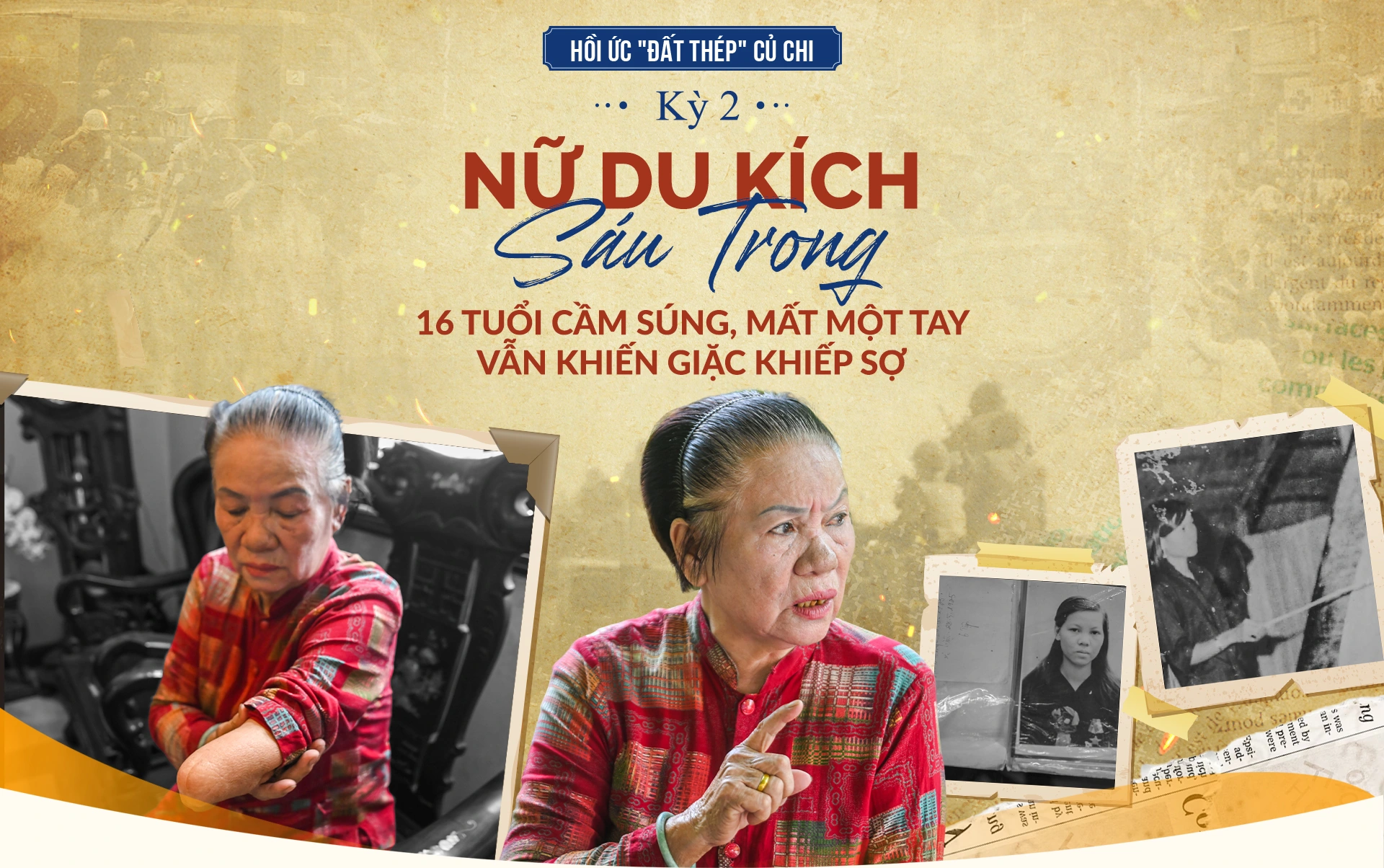
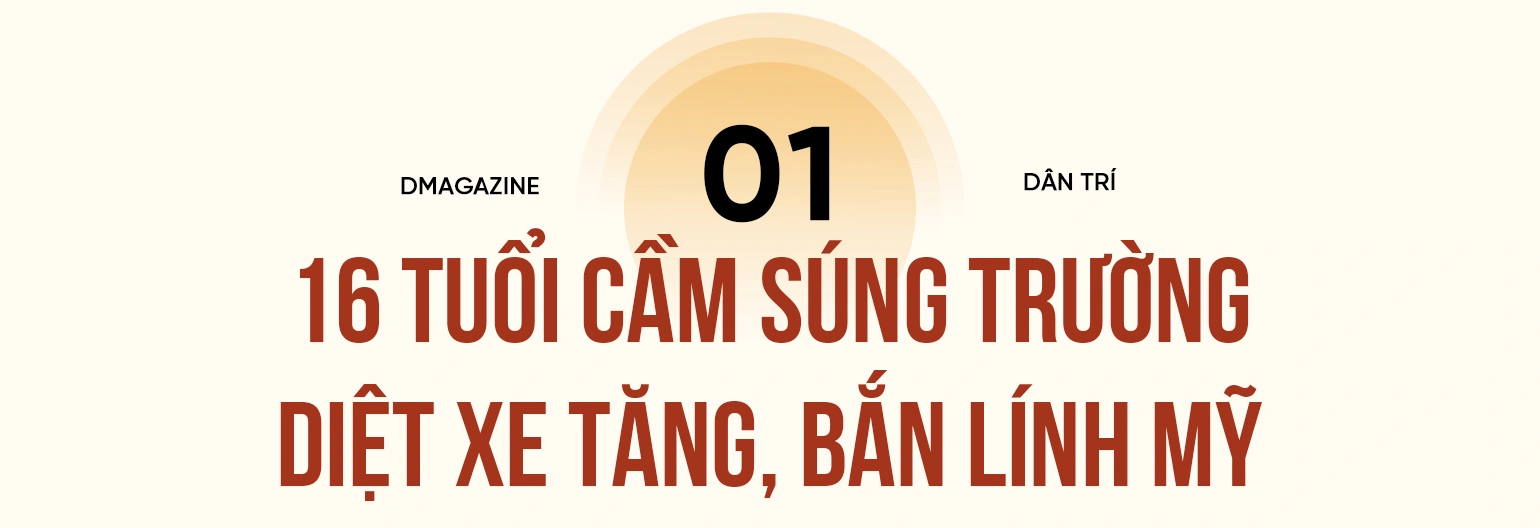
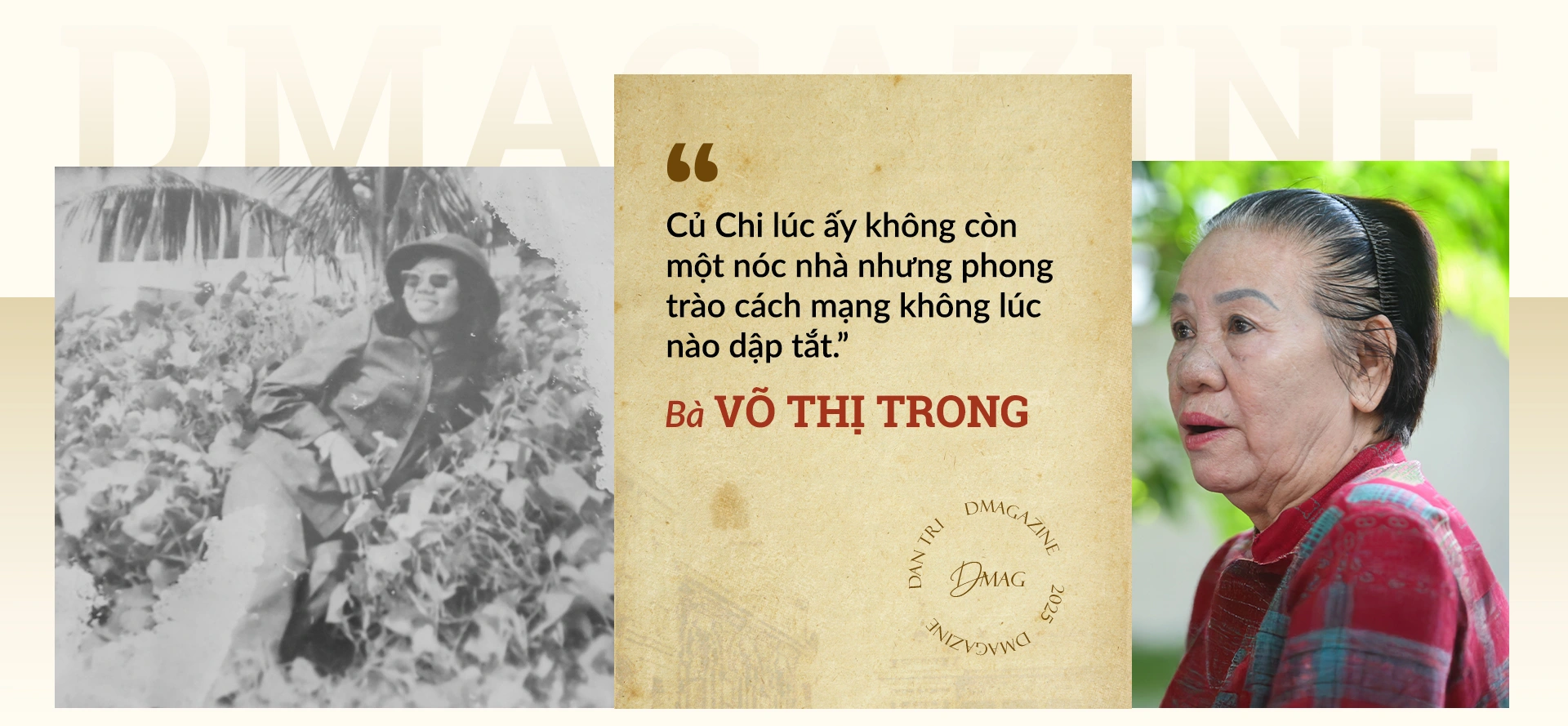
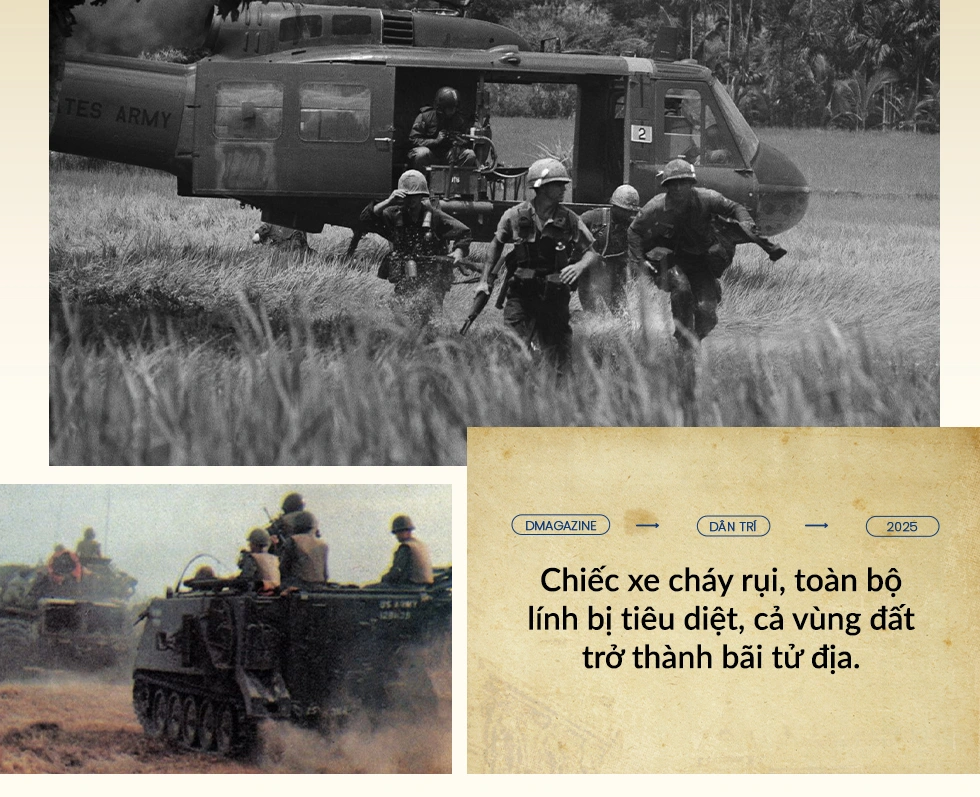
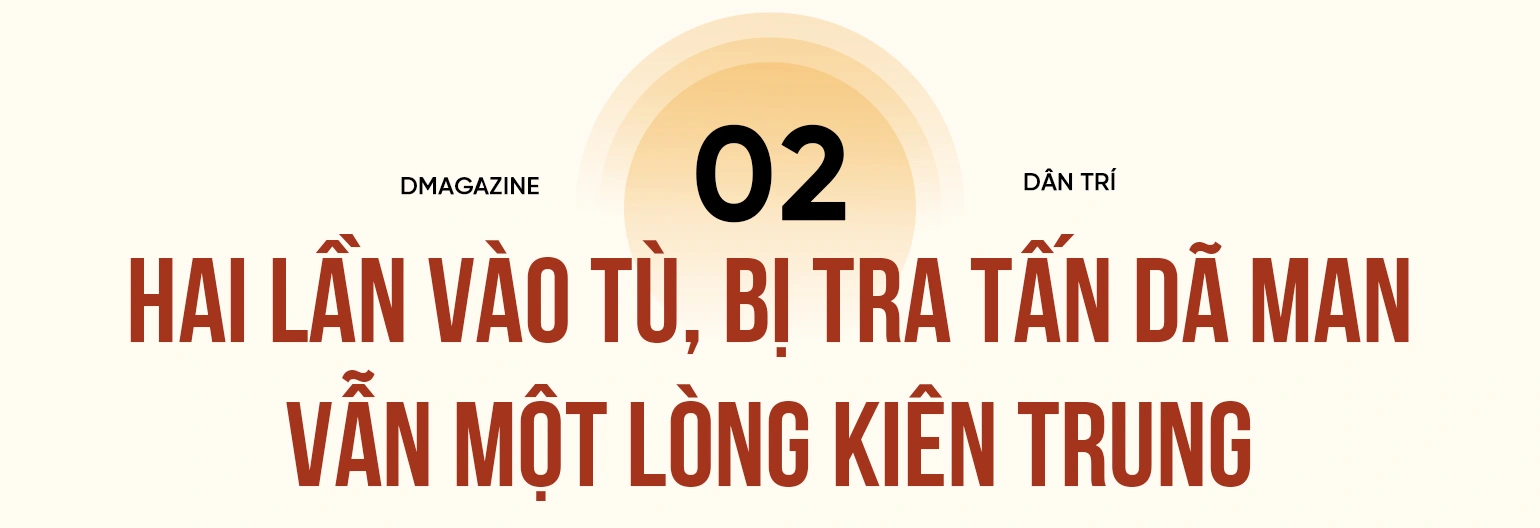
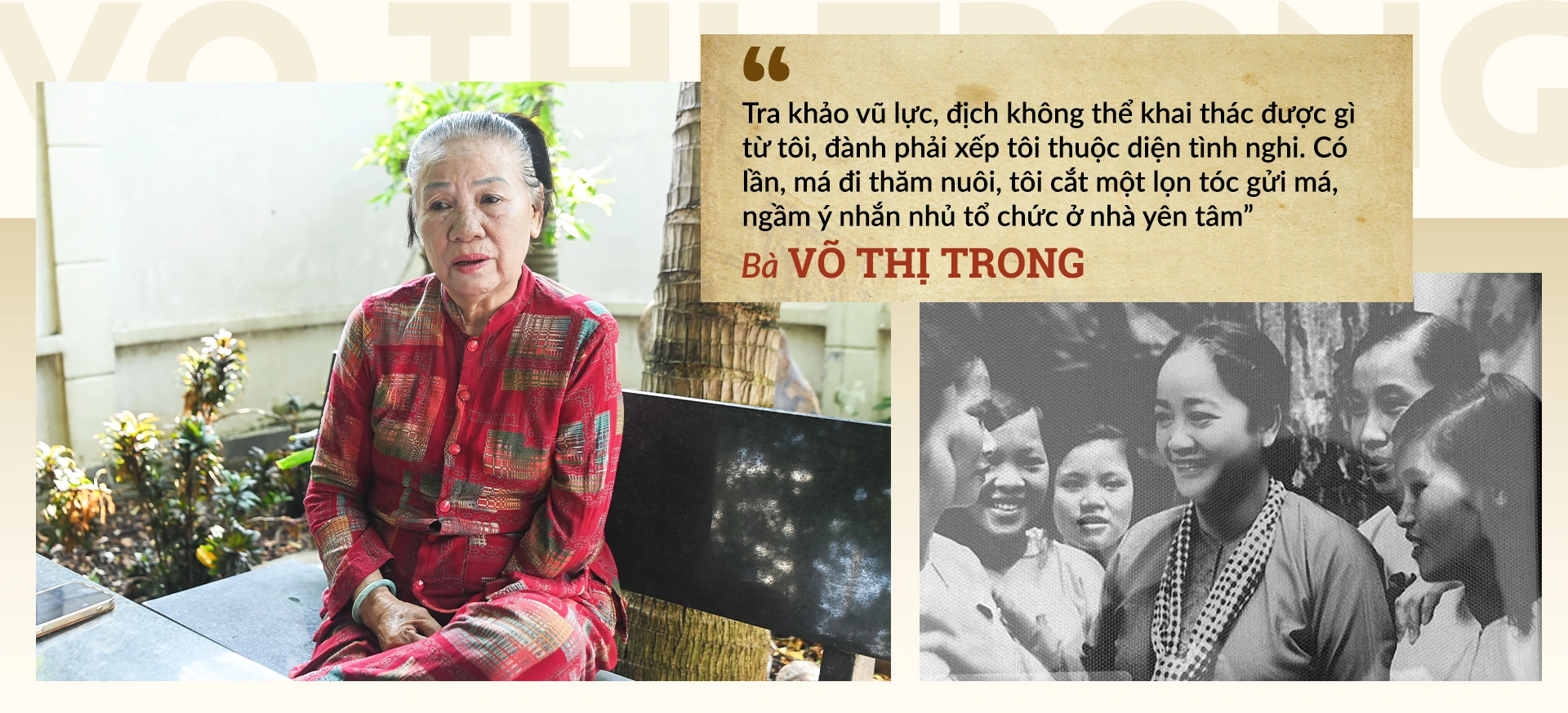
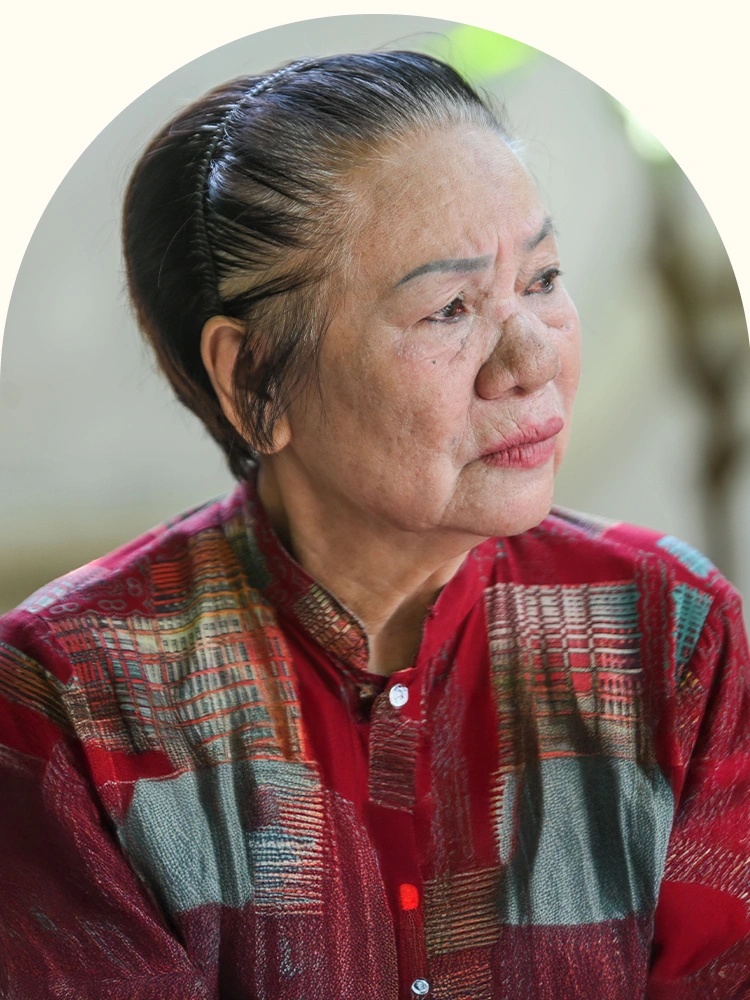
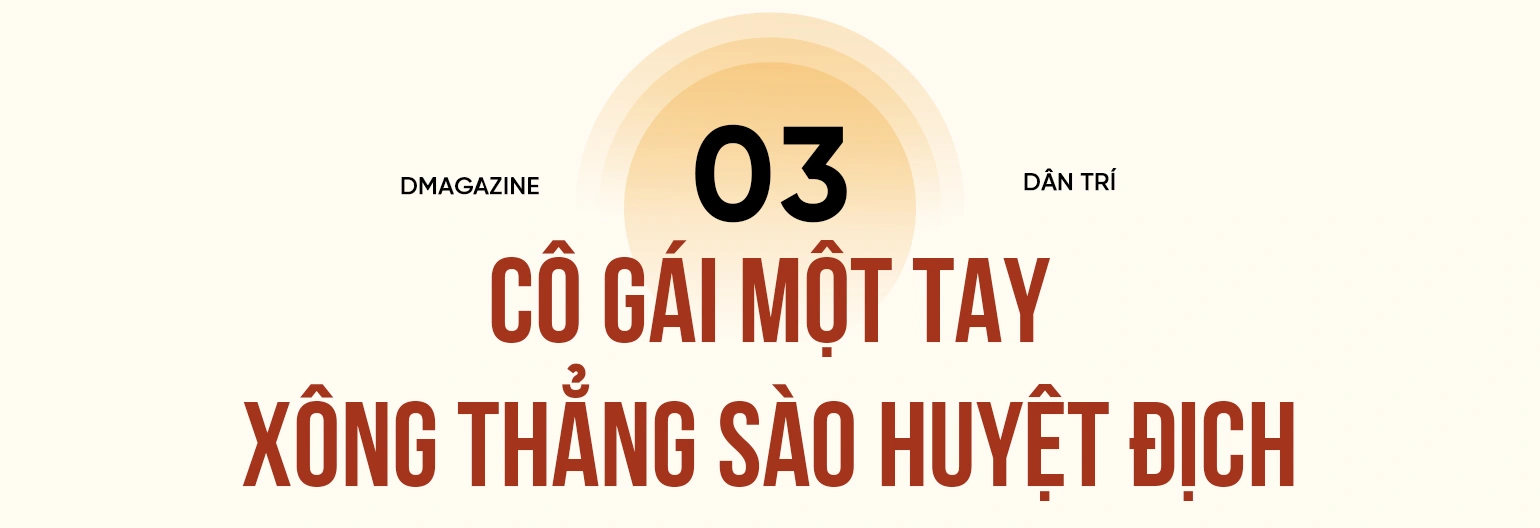
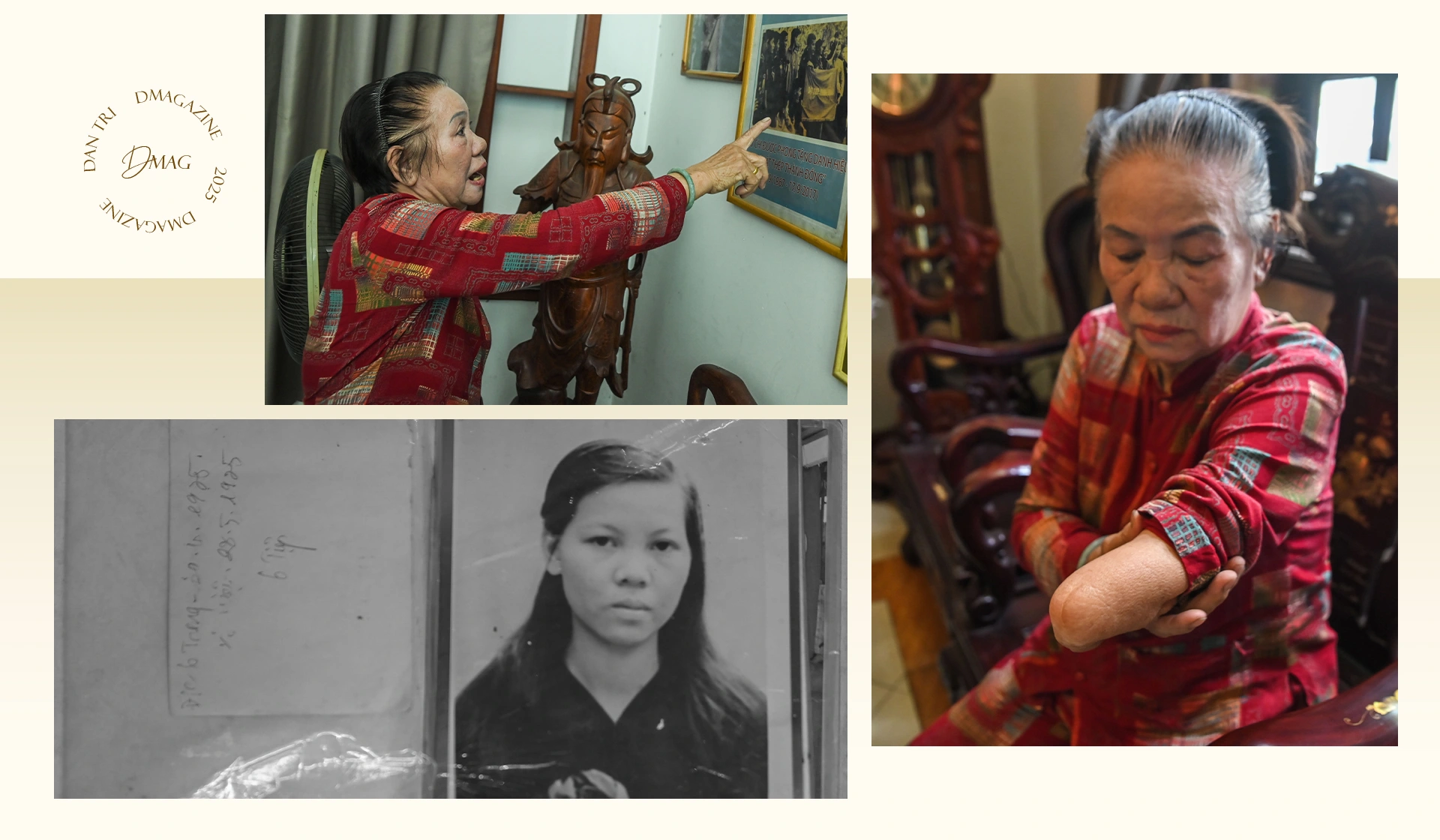
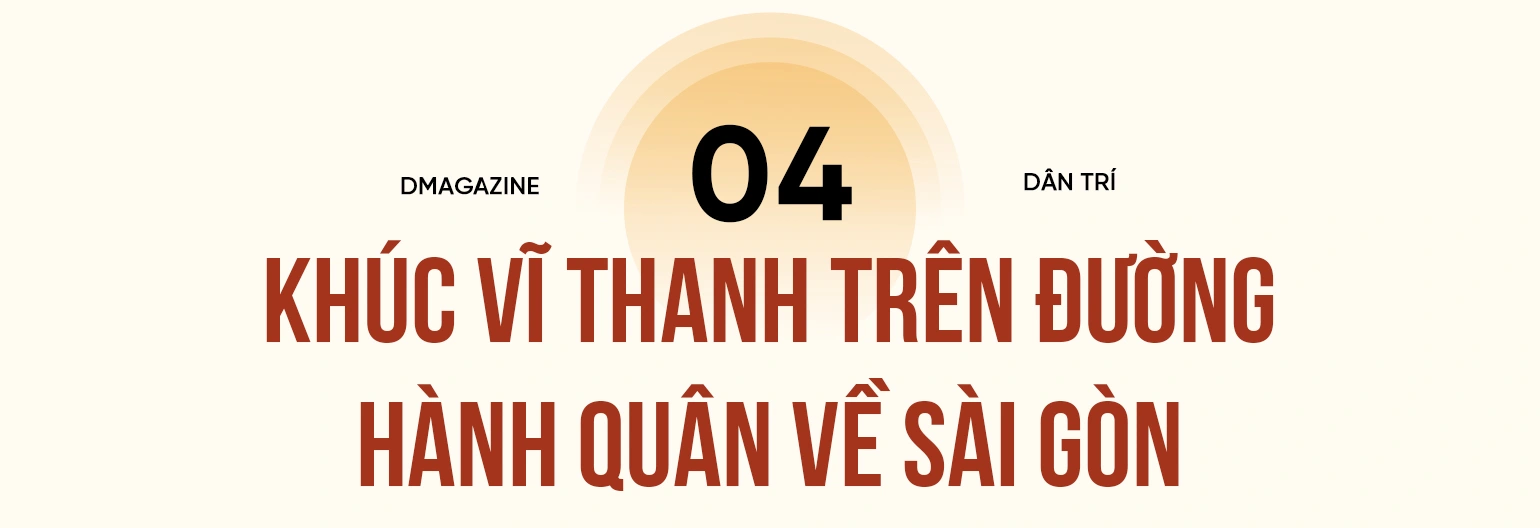
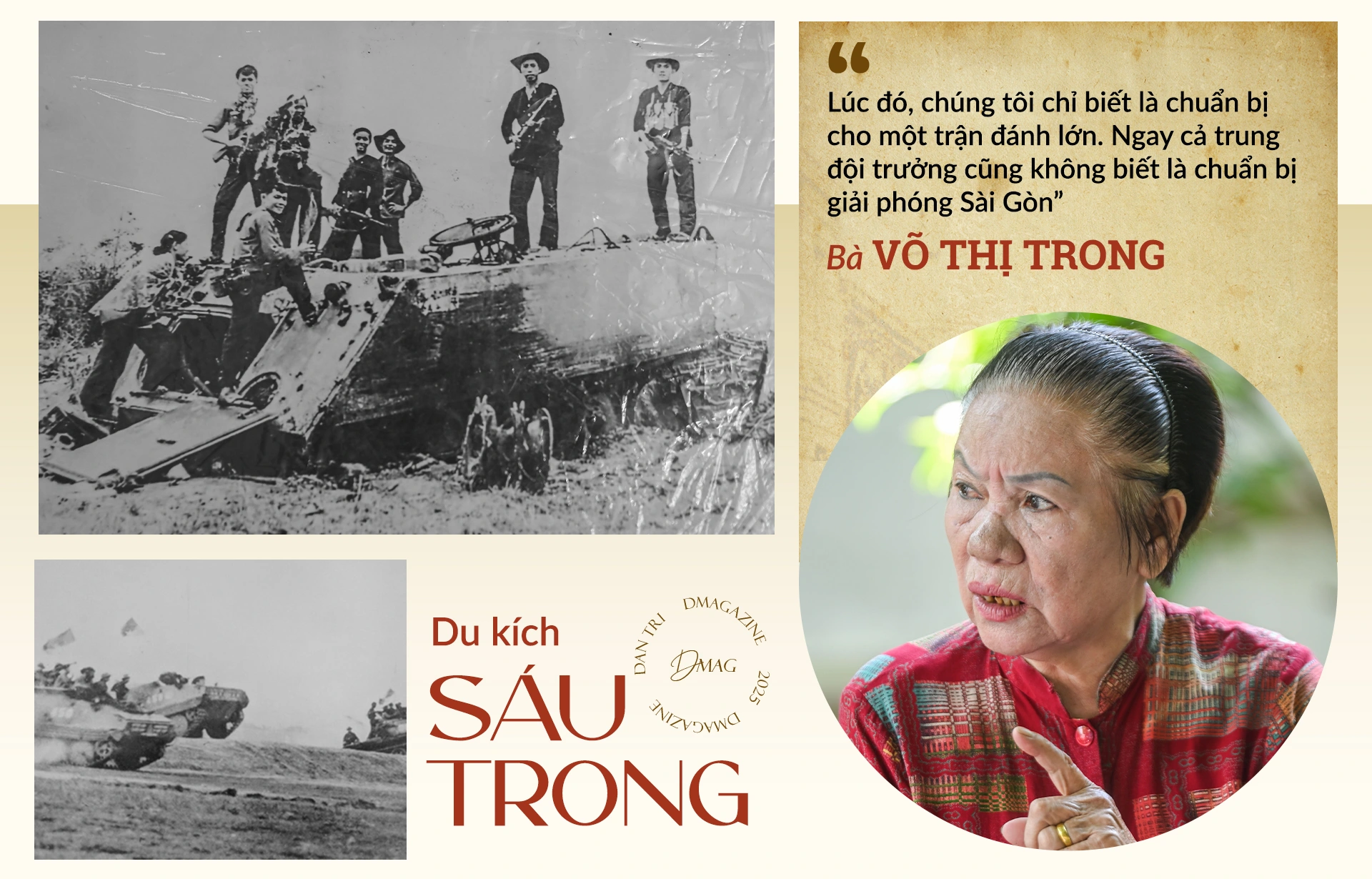
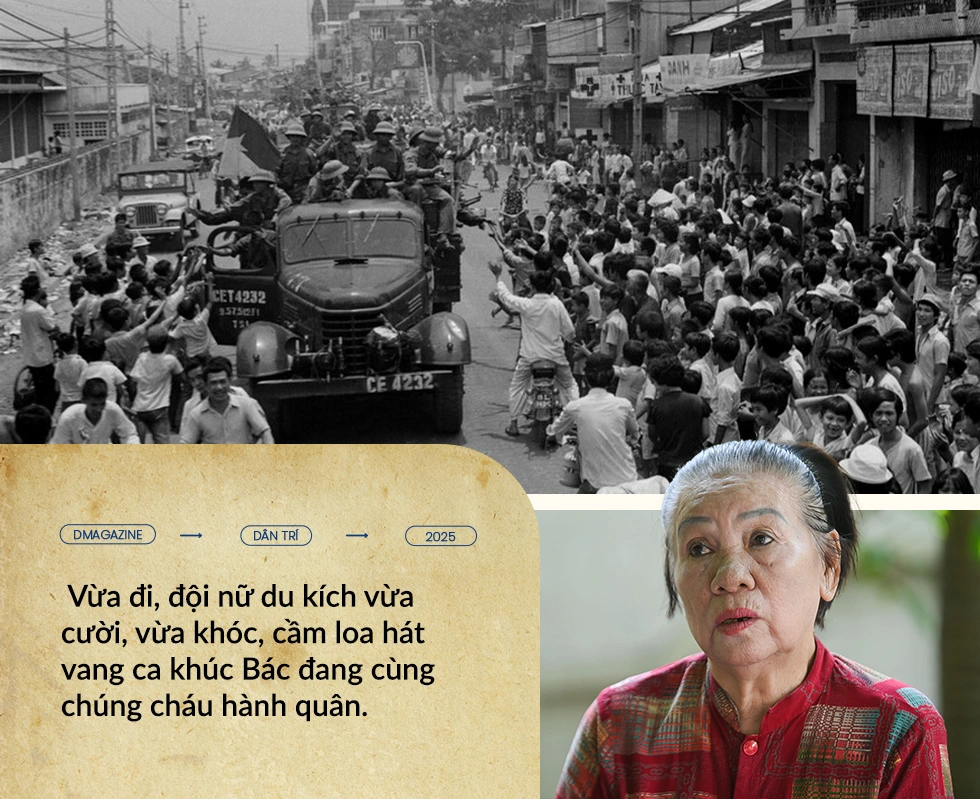

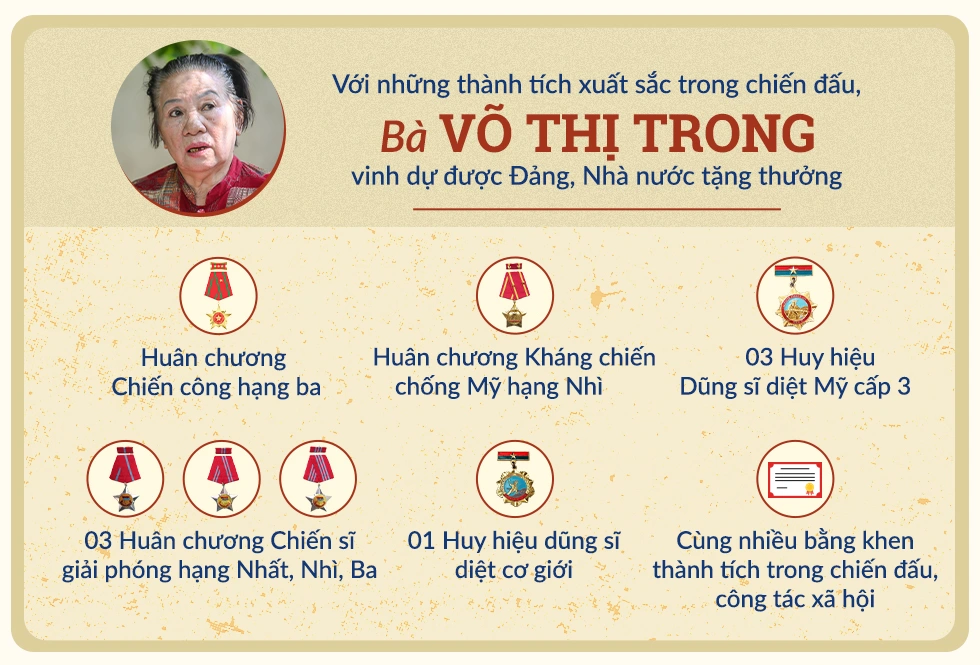

![[Photo] The 5th Patriotic Emulation Congress of the Central Inspection Commission](https://vphoto.vietnam.vn/thumb/1200x675/vietnam/resource/IMAGE/2025/10/27/1761566862838_ndo_br_1-1858-jpg.webp)


![[Photo] Party Committees of Central Party agencies summarize the implementation of Resolution No. 18-NQ/TW and the direction of the Party Congress](https://vphoto.vietnam.vn/thumb/1200x675/vietnam/resource/IMAGE/2025/10/27/1761545645968_ndo_br_1-jpg.webp)
![[Photo] National Assembly Chairman Tran Thanh Man receives Chairman of the House of Representatives of Uzbekistan Nuriddin Ismoilov](https://vphoto.vietnam.vn/thumb/1200x675/vietnam/resource/IMAGE/2025/10/27/1761542647910_bnd-2610-jpg.webp)


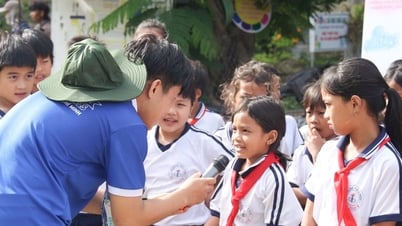





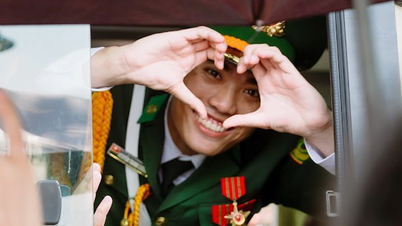

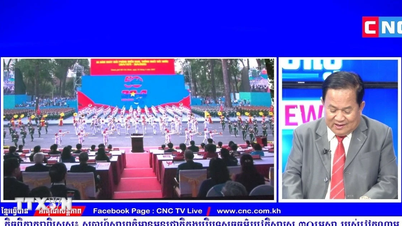

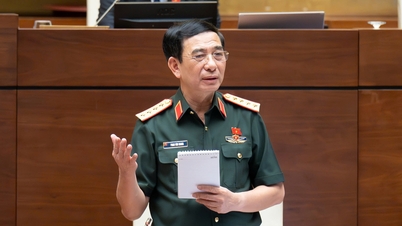

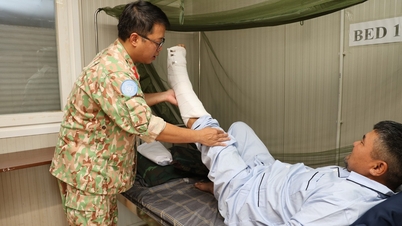

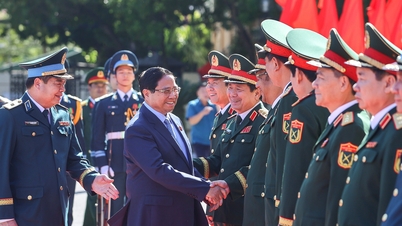
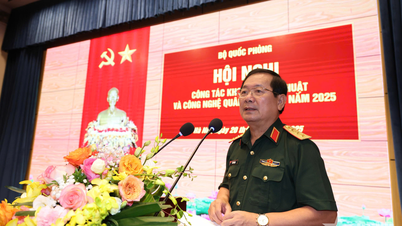

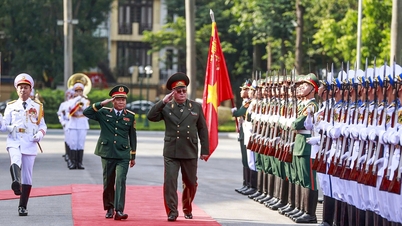
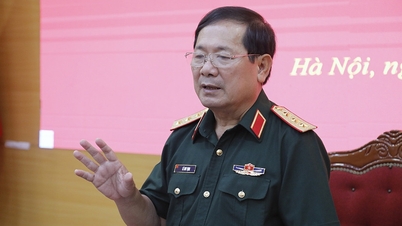




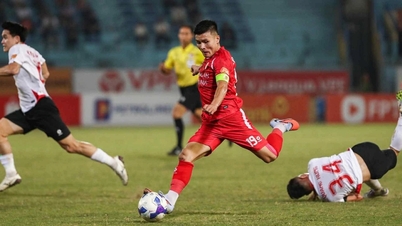



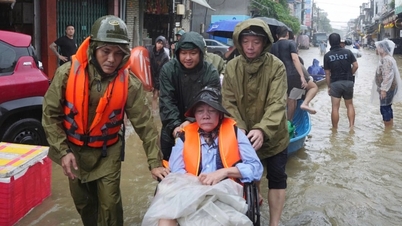










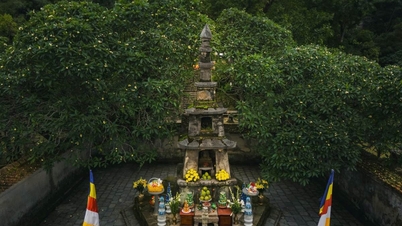

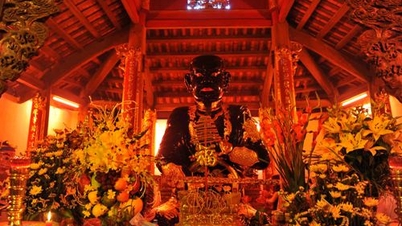




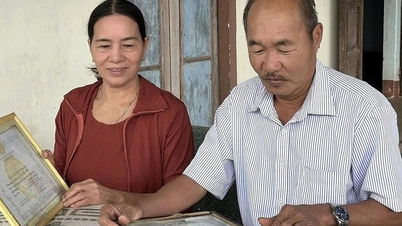






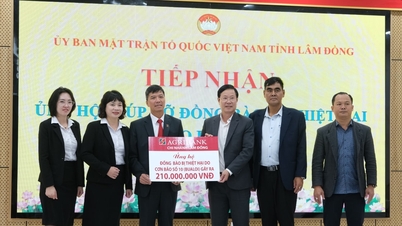













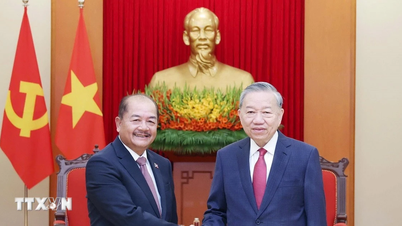
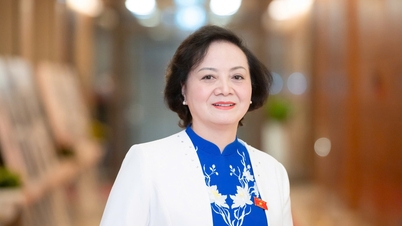

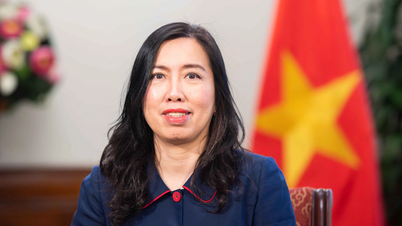









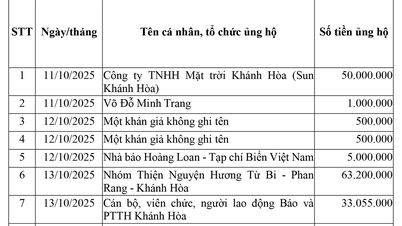

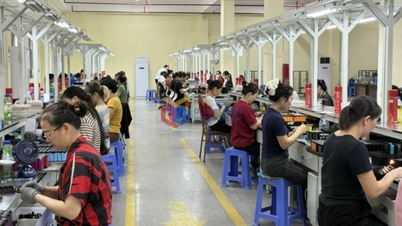

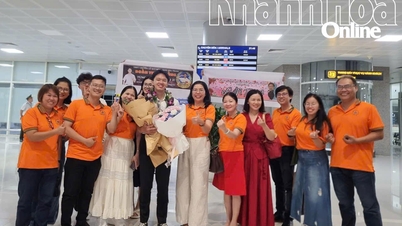
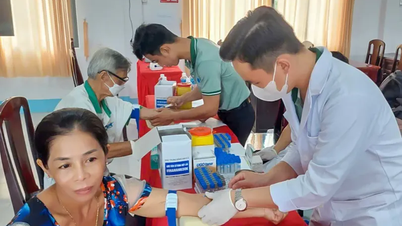


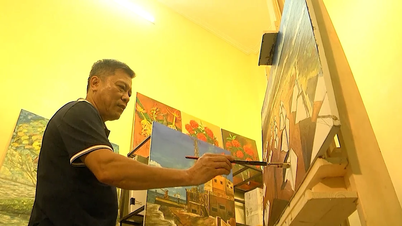

















Comment (0)